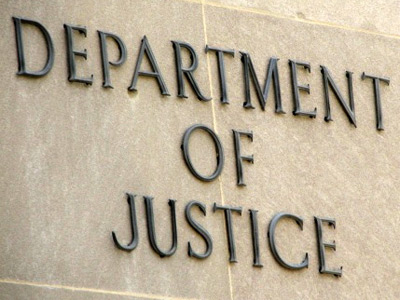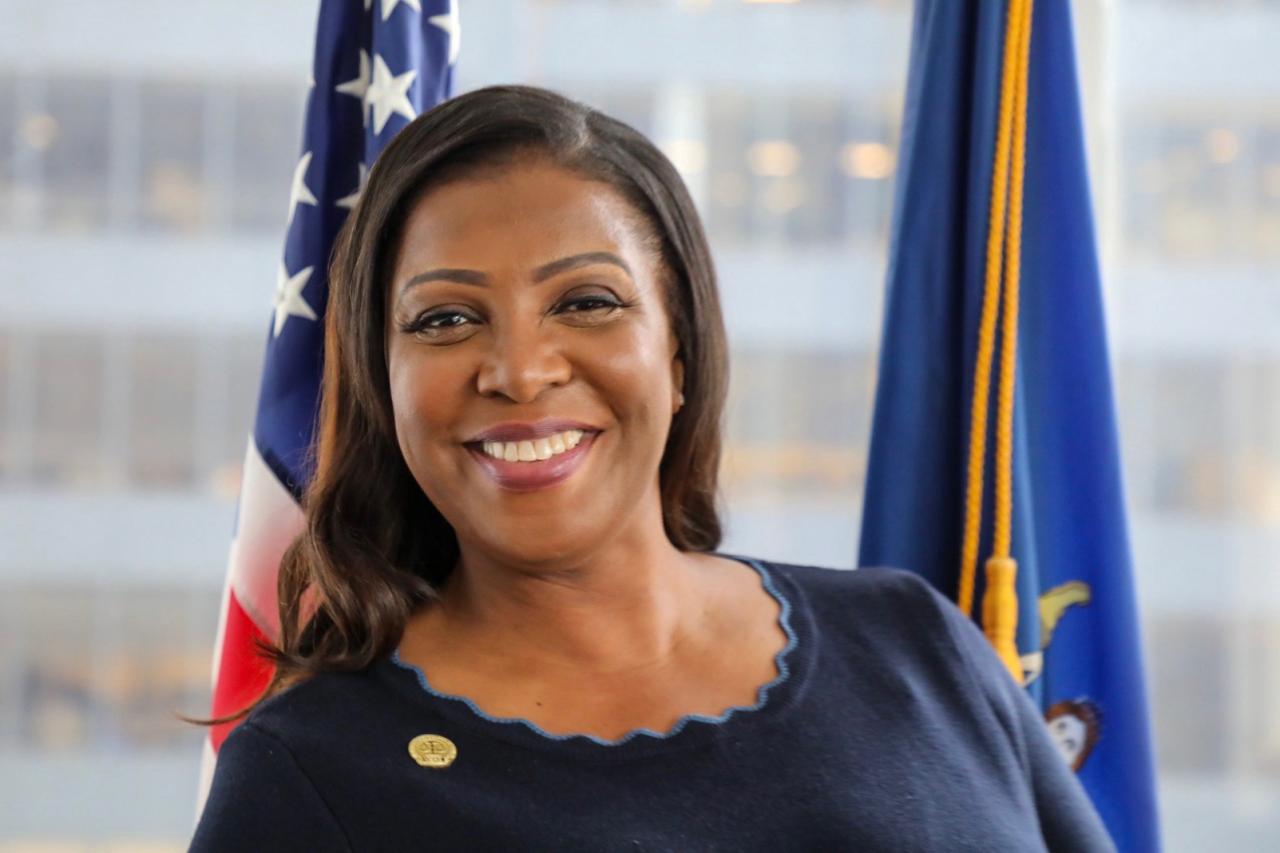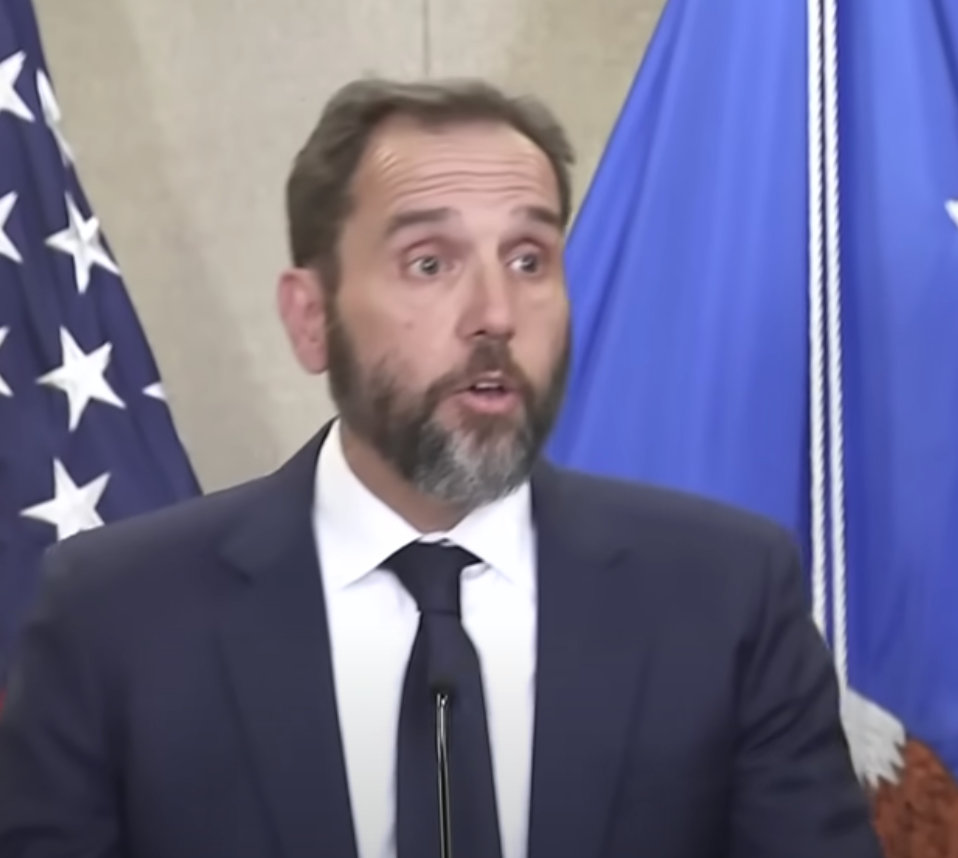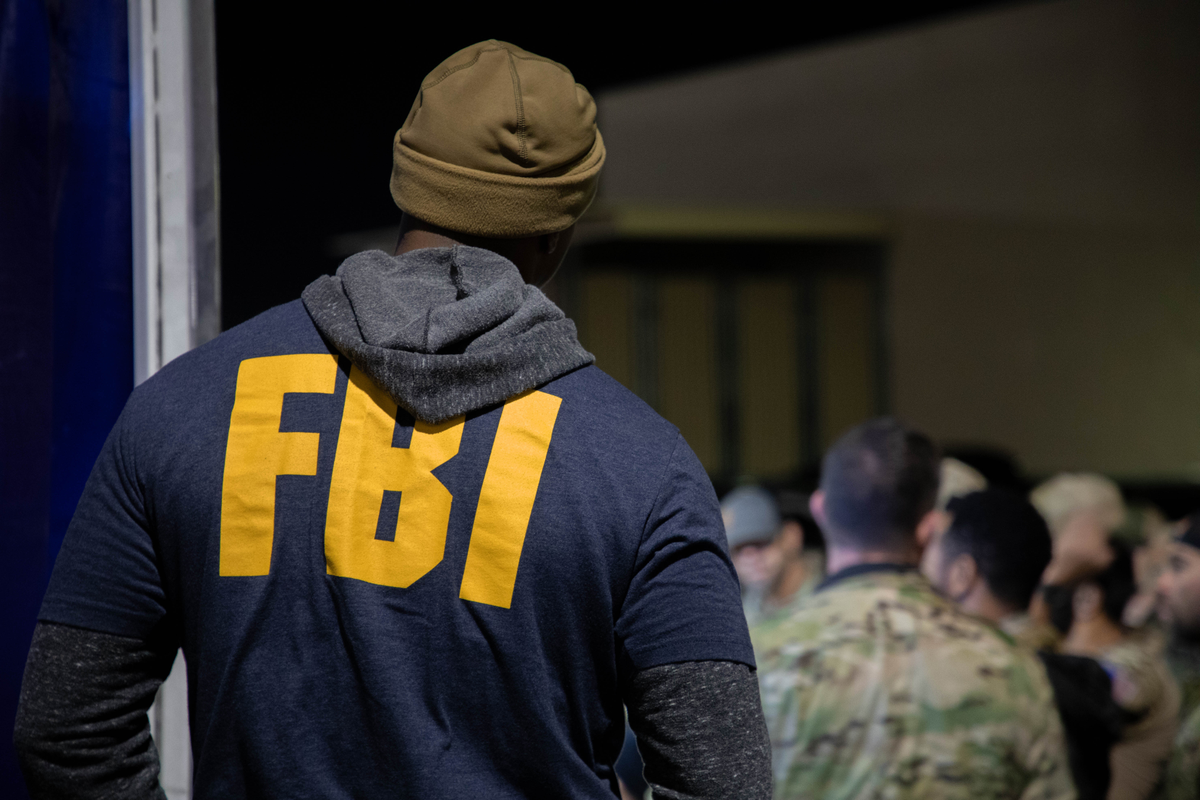
By Greg Stejskal ticklethewire.com
ANN ARBOR, Mi. — In 1977, two nurses, Filipina Narciso and Leonora Perez, were convicted of poisoning patients at the Ann Arbor (Michigan) Veterans Administration Hospital (VAH) after one of the longest trials in U.S. history.
The prosecution and verdict became a cause celebre in Ann Arbor, across the nation and in the Philippines. It was widely believed the nurses were made scapegoats as they were immigrant Filipinos.
Months after the convictions, the trial judge ordered a new trial because of his finding of prosecutorial misconduct. The case was never retried.
What little information about the case that is now available on the internet indicates that Narciso and Perez were innocent and “falsely accused.”
In an effort to at least balance the historical record, I have tried to write an objective account of the case.
The case was a classic “whodunit,” and its resolution was worthy of Hercule Poirot or Sherlock Holmes. If this had been a mystery story, the hospital would have been a dark foreboding place, but it wasn’t.
The Ann Arbor Veterans Administration Hospital (VAH) was built in 1953 of reddish brick and generic government architecture. It sits on a hill above the meandering Huron River and on the edge of the north campus of the University of Michigan. This placid scene belied the events that occurred during the summer of 1975 in the hospital.
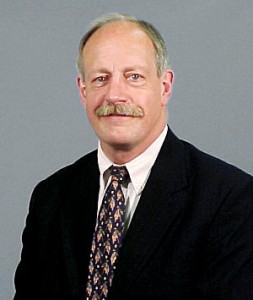
During a six week period of that summer, there was a sudden spike of patients experiencing breathing failures requiring emergency resuscitation (termed Code 7 emergencies with in the VAH).
Initially the medical staff was not overly concerned as such resuscitations are routine albeit not as frequent as they were beginning to experience. But as the incidents continued and became more frequent, the staff did become alarmed. Some of the patients were not revived and died.
One staff member, Dr. Anne Hill, an Irish born, Chief of Anesthesiology, was not only concerned, but began to suspect foul play. On August 15th, her suspicion coalesced into a conclusion that someone was intentionally poisoning patients. On that day there were three respiratory failures with in twenty minutes – each resulting in a Code 7 alert and requiring emergency resuscitation.
Dr. Hill was present for all three of the Code 7 resuscitations. Upon seeing the first victim, she determined that based on the symptoms, a flaccid state, but with a pulse, the patient had been administered a powerful muscle relaxant.
After doing some diagnostic tests, she concluded that the drug Pavulon (pancuronium bromide) had been given to the patient. (Pavulon is the synthetic equivalent of curare, a plant derived toxin, used by some South American Indians to poison the tips of their blow-gun darts and arrows.)
Within minutes of being administered, the Pavulon causes the muscles to be deactivated, including the muscles used for breathing.
The victim remains conscious, but is paralyzed and suffocates. In order to test her conclusion, she gave the patient an antidote for Pavulon, which immediately alleviated the victim’s breathing failure. Dr. Hill was able to further test her conclusion with the next two Code 7 incidents.
Based on her discovery a call was made to the FBI, the agency responsible for investigating crimes in VA Hospitals as they are federal facilities. That very night Gene Ward, an agent from the FBI Ann Arbor office (Resident Agency) went to the VAH.
After being briefed and assessing the situation, Agent Ward called an Assistant U.S. Attorney (AUSA) Richard Delonis and said, “Dick you’re not going to believe this, but….”
The poisonings ended that day, but it was the beginning of an arduous and, in some ways, a ground breaking investigation that would last for over a year.
The FBI responded by sending a task force of agents to investigate. (I was a rookie agent having reported to the Detroit Field Office about six weeks before and was assigned to the task force.)
This case was unique, a huge understatement, but it would be pursued by the numbers. That is first it would have to be shown there was a crime.
Were the respiratory arrests caused by the intentional and illicit administering of a muscle relaxant, Pavulon?
However, there was an immediate problem. Those patients for whom the emergency resuscitation was unsuccessful were dead and had been buried. The bodies would have to be exhumed and tested for Pavulon.
There was a further complication in that there was no existing test for Pavulon in the tissue of the deceased after the embalming process. The FBI Laboratory was tasked with developing such a test that would be defensible in court.
The laboratory developed a test, and some of the presumed poisoning victims were exhumed. Traces of Pavulon were found in their tissue.
There were also the observations of the medical staff, who were involved in the emergency resuscitations.
Pavulon’s effects are relatively easy to identify. When administered in undiluted doses, it creates an effect on the body virtually unique to muscle relaxants: the individual’s heart continues to beat while the breathing stops. (There is no known disease process that has ever been shown to cause this phenomenon.)
Most of the suspected victims were patients in the Intensive Care Unit (ICU) and were being continuously monitored. Thus, the investigators were able to identify 51 suspicious breathing failures.
This number was cut to 38 respiratory arrests which the FBI believed was the minimum number of poisonings. Some of the patient/victims were poisoned more than once, and at least 9 died as a result. VAH records showed that no Pavulon had been prescribed for any of the victims.
Early on it was determined that in order for the Pavulon to cause complete and rapid respiratory arrest, it had to be administered undiluted, directly into the victim’s intravenous (IV) tube, a so-called bolus injection. This would have caused the breathing failure in less than 3 minutes.
This finding was critical in narrowing the window of opportunity from when the poisoner injected the Pavulon and breathing failure began.
Later this finding of the 2-3 minute interval would be the keystone in the ultimate prosecution of the case. At trial the defense recognized this and attempted to suggest a longer interval was possible.
To further bolster the 2-3 minute interval at trial, the prosecution used the testimony of a pathologist and world renowned authority on muscle relaxants, Dr. Francis Foldes, a Hungarian American. (If this were a movie, Dr. Foldes would have come from central casting- accent, tweed coat and all.)
Dr. Foldes literally wrote the book on the subject. Although the defense had brought their own expert to challenge Dr. Foldes’ conclusions, they presented no evidence challenging Dr. Foldes statements.
Dr. Foldes testified that the victims were poisoned by an injection of Pavulon, injected directly into the victim’s IV tube. It would not have had the devastating effect that it did if it been introduced in its diluted form, say if it had been injected into the IV bottle. Finally, Dr. Foldes testified that the respiratory arrest would have occurred within 3 minutes of the injection.
Returning to the investigation, the agents had to determine who had been in position to inject Pavulon into the patient/victims within the 3 minutes prior to them going into respiratory arrest. This was a difficult process because it required the reconstruction of an event in the past for each of the dozens of poisonings.
Over 750 people, who were in the VAH at the time of the poisonings, were questioned by the agents. Like the assembling of a jigsaw puzzle, ultimately a relatively clear picture in about a dozen of the poisonings began to develop.
Filipina Narciso became an early suspect. Most of the poisonings occurred in the ICU where Narciso worked. All but two of the suspected poisonings occurred during Narciso’s shift and only on the days she was on duty.
Later it was determined that although the other 2 poisonings occurred on Saturday, not a regular day for Narciso, she was on duty for those poisonings as well. When agents correlated the incidence of the poisonings with the work schedules of the entire hospital staff, only Narciso was on duty in the hospital during every poisoning.
Narciso was also identified by one of the patient/victims, John McCrery, who was interviewed by the FBI two days after his poisoning. McCrery recalled that he had seen a nurse, known to him as “PIA,” inject something into his IV tube minutes before he went into respiratory arrest. (Narciso’s nickname was PI.)
It was necessary for the agents to be certain of McCrery’s identification, so the agents had Leonora Perez (She was not yet a suspect.) and Bonnie Weston come into the room on a pretext. McCrery did not identify either as the nurse he had seen.
Then the agents had Narciso come into McCrery’s room. As soon as she entered the room, McCrery’s pulse elevated causing his heart monitor to sound an alarm. When Narciso left the room, McCrery said, “That’s the one.”
As compelling as McCrery’s identification would have been it was ultimately ruled inadmissible. Two days after identifying Narciso, McCrery had heart by-pass surgery. During the surgery he had a cardiac arrest and almost died.
Following the surgery he was re-interviewed by the FBI, but his story changed dramatically, which based on known facts could not have been accurate. He was diagnosed as having suffered brain damage and he died prior to trial. His identification of Narciso was ruled inadmissible hearsay because he would not be available for cross-examination.
Leonora Perez did not become a suspect until later in the investigation. A patient/victim, Richard Neely, told agents he saw Perez inject something into his IV tube. In an effort to enhance Neely’s recall, it was decided to hypnotize him.
This was uncharted territory and was possibly the first time hypnosis was used in a FBI case. Dr. Herbert Spiegel, a psychiatrist and hypnotist was called in to place Neely in a trance. While under hypnosis Neely seemed to more vividly recall the moments prior to his breathing failure. But Neely, like McCrery, died before the trial began.
In addition to Neely, a family member of Charles Gasmire, another of the victims, identified Perez as a suspect. On July 29th, Richard Gasmire, the son of Charles, had entered his father’s room and saw a nurse near the head of his father’s bed doing something with the IV apparatus.
She had her back to him and did not see him enter. He stood there for about two minutes. His father was sleeping when suddenly he sat up in bed and then collapsed. Charles Gasmire was going into a Pavulon induced respiratory failure.
Richard Gasmire identified the nurse as Leonora Perez. To confirm his identification, the FBI set up a line-up of 18 women wearing nurses’ uniforms, 15 of which were Asian. Gasmire immediately identified Perez as the nurse he had seen in his father’s room. Richard Gasmire did testify to what he had seen at the trial.
After the initial response to the VAH poisoning and the need to interview hundreds of people, the investigation settled into the long process of building a case.
Two agents Richard Guttler and Dan Russo, who had been involved from the beginning, were assigned to continue the investigation to its conclusion. Guttler and Russo would work closely with two AUSAs, Richard Delonis and Richard Yanko.
In June, 1976, a Federal Grand Jury (FGJ) indicted Narciso and Perez. They were indicted on ten counts of poisoning, five counts of murder and one count of conspiracy to commit murder. (There was a superseding indictment in January, 1977, but it did not substantially alter the charges.)
The trial began in March, 1977, and was one of the longest and most complex in the nation’s history. It did not conclude until July, 1977.
Ordinarily a jury in a federal criminal trial can be picked in less than a day. In this case it took four weeks to pick 16 jurors- this allowed for a jury of 12 with 4 alternates instead of the usual 2, because it was recognized this would be an unusually long trial.
At the conclusion of the trial the 16 jurors would be reduced by lot to twelve. (It is noted that the defense expressed great satisfaction with the jury selected.)
In opening arguments the government tried to prepare the jury by telling them it would be a long and complex case, and much of the case would be based on circumstantial evidence. (no smoking guns or dripping syringes).
Much has been made that the government’s case relied heavily on circumstantial evidence as though that indicated the case was weak.
Actually circumstantial evidence is often more reliable than the recollection of witnesses. An example of circumstantial evidence often given is: If you go to bed at night, and there is no snow on the ground, and you wake up in the morning and the ground is snow covered that is circumstantial evidence that it snowed during the night.
The prosecution had to prove in each of the charged poisonings that the victim had been illicitly administered Pavulon within 3 minutes of their respiratory arrest and that Narciso or Perez was in close enough proximity to have administered the Pavulon during the 3 minute interval.
Further, it would have to be shown there was no one else, during the interval, who could have injected the patient.
I have only outlined some of the prosecution’s evidence, but over the course of the trial the prosecution presented evidence of each of the elements, showing that only Narciso or Perez were in a position to inject the Pavulon into the victim’s IV tube during the critical 3 minute interval. (The government’s case used 89 witnesses, 17 of whom were experts.)
The prosecution never attempted to establish a motive for the poisonings nor was that required, but it might have helped the prosecution if they could have explained why two hard-working, seemingly dedicated, nurses would have gone on a poisoning spree.
Any attempt to ascribe a motive to the nurses’ acts would be speculative, but the most plausible explanation is that Narciso and Perez, like some of other members of the VAH staff, thought the hospital was critically understaffed.
Both Narciso and Perez made comments that indicated they were angry about the staff shortage at the hospital, and it was the belief of the prosecution that both women decided to dramatically demonstrate the need for more staff.
When the government rested its case, lawyers for Narciso and Perez had to decide whether to present a defense or just argue the prosecution had not proved its case.
The defense apparently believed that the prosecution’s case was strong enough that they needed to not only present a defense, but to put the defendants on the stand.
This was a crucial turning point in the trial because it subjected their clients to cross examination.
At the conclusion of the trial and after closing arguments the case was given to the twelve jurors (eight women and four men).
The jury deliberated for 13 days, and by all accounts they conscientiously and meticulously analyzed all the evidence that had been presented to it.
At the beginning of the deliberation, some of the jurors believed that the two nurses were innocent, but as all the testimony was reviewed and compared each juror became convinced that the nurses were guilty.
The jury also concluded, because there were so many contradictions and inaccuracies in Narciso’s and Perez’ testimony, that they were lying, and they did so repeatedly. (Several jurors were interviewed after the trial and spoke candidly about the deliberations and their conclusions.)
After the 13 days of deliberation, the jury found both Filipino Narciso and Leonora Perez guilty of three counts of poisoning and conspiracy to poison patients.
The jury did not find the nurses guilty on all the poisoning counts and acquitted Narciso on the one remaining murder count, indicating how carefully they weighed the evidence regarding each incident. (The trial judge had previously directed a judgement of acquittal on the murder count against Perez and several of the poisoning counts.)
The outrage of the supporters of Narciso and Perez did not subside with the verdicts. The case was extremely complex, and it would have been very difficult to follow all the testimony and evidence presented at the trial unless you were in court the entire time.
The news reports were also incomplete. Consequently, few people understood the prosecution’s case nor the devastating ramifications of the nurses’ testimony on their defense.
Months later when the trial judge, Philip Pratt, ordered a retrial (not an acquittal) he seemed to acknowledge the supporters’ outrage (misinformed as it may have been) when he wrote (quoting from another source): “The question is, not whether any actual wrong resulted…but whether (there was) created a condition from which the general public would suspect that the jury might be influenced to reach a verdict on the ground of bias or prejudice.”
Judge Pratt went on to list several acts by the prosecution that the defense claimed were errors. The judge characterized them this way: “No single claim of error raised by the defendants is sufficient to require reversal. There is no dramatic moment of prosecutorial misconduct.”
What Judge Pratt did find was a pattern of prosecutorial conduct that he believed in total resulted in misconduct that would be remedied by a retrial. In other words, in the course of preparation for and trying a very lengthy and complex trial the prosecution committed several innocuous errors that when viewed cumulatively could have prejudiced the jury. (Despite as we now know, based on some of the jurors’ statements, this was not the case.)
During the long period of the investigation and prosecution of this case, a new U.S. Attorney, James Robinson, was appointed. Robinson decided not to retry the case.
Apparently he was aware of the politics of the case, when he said, in effect, the public perception was that the nurses were innocent, therefore it would not be in the best interest of the government to pursue a retrial. (There were also tactical considerations such as the nurses would probably not testify in a second trial.)
So that is where the case ended. As much as their supporters would like to believe otherwise, Narciso and Perez were convicted of poisoning patients and conspiracy to poison. Though the verdict was set aside, it can not be said the nurses were innocent or that they were “falsely accused.”
Acknowledgement: In writing this article, I utilized numerous sources including various articles (one specifically, that was very helpful, appeared in the “Ann Arbor Observer,” Jan., 1977), the opinions of USDC Judge Philip Pratt, conversations with FBI agents, Assistant US Attorneys and my own recollection.

